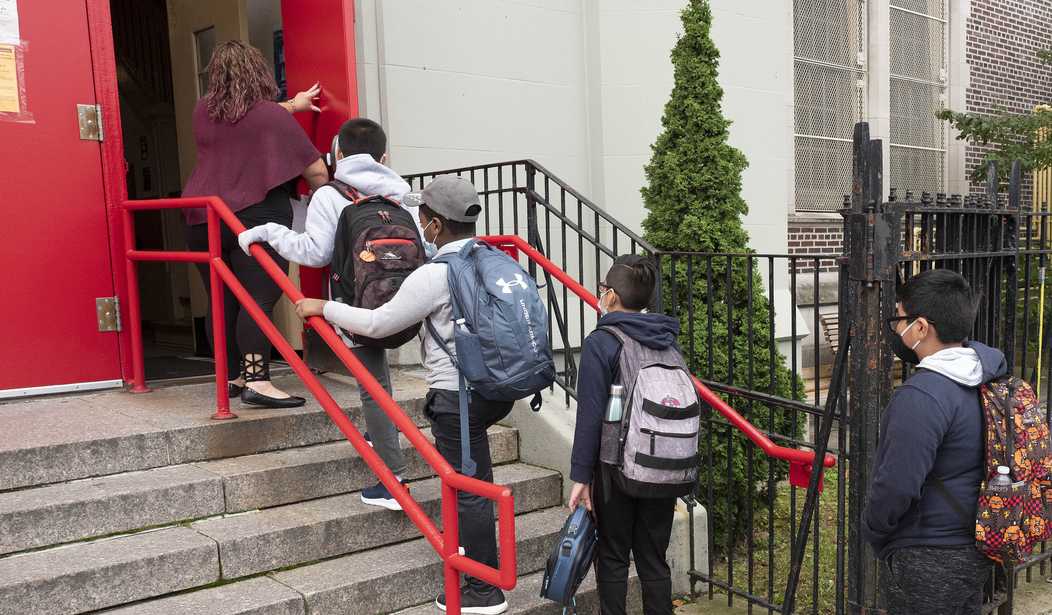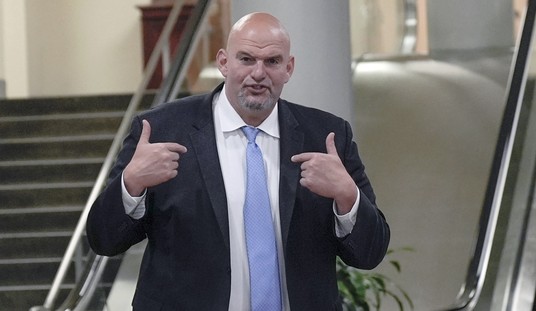According to updated guidelines from the Centers for Disease Control and Prevention, social distancing in the classroom can reflect 3 feet as opposed to the previous 6 feet.
An outline from the CDC includes:
- Revised physical distancing recommendations to reflect at least 3 feet between students in classrooms and provide clearer guidance when a greater distance (such as 6 feet) is recommended.
- Clarified that ventilation is a component of strategies to clean and maintain healthy facilities.
- Removed recommendation for physical barriers.
- Clarified the role of community transmission levels in decision-making.
- Added guidance on interventions when clusters occur.
The CDC also shared key points, which in part included:
- Evidence suggests that many K-12 schools that have strictly implemented prevention strategies have been able to safely open for in-person instruction and remain open.
- CDC’s K-12 operational strategy presents a pathway for schools to provide in-person instruction safely through consistent use of prevention strategies, including universal and correct use of masks and physical distancing.
Studies found that there were no differences in rates of infection between 6 ft and 3 ft in a Massachusetts school, and also that school transmission in Florida, Utah, and Missouri was low enough to convince the CDC. Yup, that's right, Florida re-opened their schools, which went just fine. Matt's written more about that here.
Recommended
Reporting from NPR pointed out that the World Health Organization (WHO) recommended a distance of 1 meter, which is 3.3 feet. These recommendations appear on a WHO Q&A dated from September 18, 2020.
The American Academy of Pediatrics (AAP) also has a recommendation of 3 ft, since "in many school settings, 6 feet between students is not feasible without drastically limiting the number of students."
A news article from AAP News dated January 5, 2021 titled "AAP continues to advocate measures to allow students to return safely to school." The article also reads "to conduct classes safely in person... is critical to students’ well-being." Additionally:
...Without access to the support systems schools provide, disparities among students who are Black, Hispanic, American Indian/Alaska Native and living in poverty will continue to widen, according to the AAP.
The guidance presents new research findings that schools have not been a significant driver of SARS-CoV-2 transmission in their communities when they take safety precautions. Transmission has been especially low among younger children.
Studies, as well as the shocking rise in suicide from Clark County School District in Nevada highlighted a surge in youth suicide with students forced to remain home from in-school learning during the now over year-long pandemic.
Unfortunately, but not surprisingly, reporting from CNN and The Chicago Tribune, and tweets show that the teachers unions are not ready to get on board.
We are so close to being able to ensure that all our schools can be so much safer.
— NEA (@NEAToday) March 19, 2021
This is not the time to let down our guard.
Read more: https://t.co/f0PDproocI pic.twitter.com/3Hjz58quhS
HAPPENING NOW: @rweingarten talks to @CNN about the new @CDCgov guidelines on social distancing, reopening, and more. Follow along with the hashtag #ReopenSafely.
— AFT (@AFTunion) March 19, 2021
...to all the critics who failed to understand *why* @CTULocal1 worked hard to establish standards and memorialize guidance that keeps ppl safe in our agreement —read how *flexible* it all becomes when flouting *guidance* is NO longer a red state phenomena. https://t.co/vfrIXSskZw
— #ArrestBreonnaTaylorsMurderers (@stacydavisgates) March 10, 2021
























Join the conversation as a VIP Member